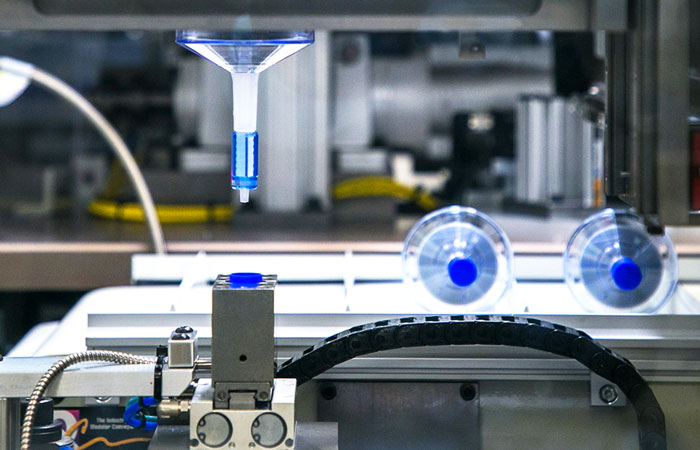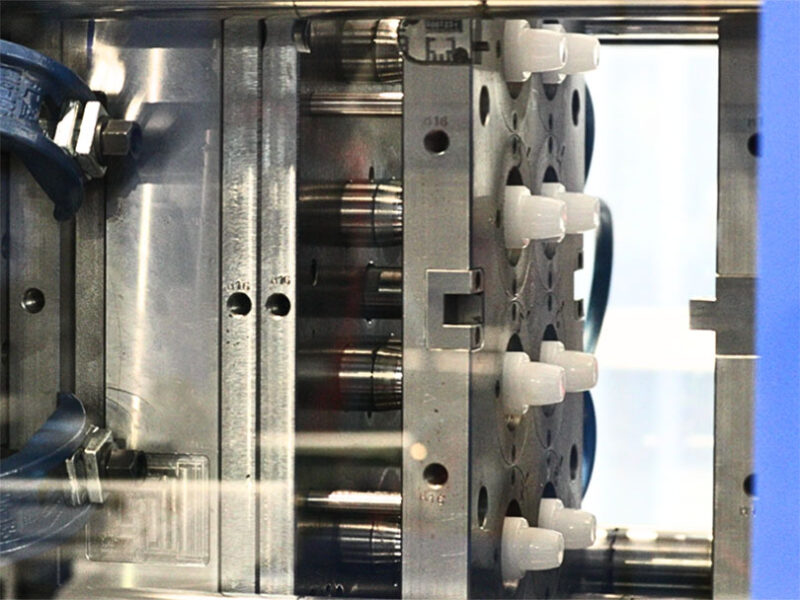Recognizing the Plastic Injection Molding Process for High-Quality Production
Recognizing the Plastic Injection Molding Process for High-Quality Production
Blog Article
Recognizing the Fundamentals of Plastic Shot Molding Processes
Plastic injection molding offers as a keystone of modern-day production, providing a systematic method to generating intricate components with precision. Discovering these important aspects can expose exactly how even small modifications can lead to significant improvements in manufacturing results, increasing inquiries about the capacity for technology in this well-known process.
What Is Plastic Shot Molding?
Plastic shot molding is a widely used production process that changes thermosetting and thermoplastic products into precise and intricate forms. This method is favored for its ability to generate high quantities of the same get rid of exceptional precision, making it a crucial technique in various industries, including automotive, durable goods, and clinical gadgets.
The procedure includes thawing the chosen plastic material and injecting it into a mold and mildew under high stress. The mold, made to the specifications of the desired component, enables the liquified plastic to form as it solidifies and cools. Once the product has set, the mold is opened, and the finished part is ejected.
Plastic injection molding supplies several advantages, consisting of decreased waste, uniformity in production, and the ability to include intricate styles that may be testing with other making approaches. Furthermore, it supports a broad variety of materials, each supplying special properties that can be customized for specific applications. As industries proceed to introduce, plastic shot molding stays at the leading edge, making it possible for the development of advanced products that meet evolving consumer needs.
The Shot Molding Refine
The injection molding process is a sophisticated technique that entails numerous vital phases to create top notch plastic elements. At first, plastic pellets are fed into a warmed barrel where they are merged a viscous fluid. This molten plastic is then injected under high stress right into a precision-engineered mold, which shapes the product right into the desired form.
As soon as the mold and mildew is filled, the plastic is allowed to cool down and solidify, taking the shape of the mold and mildew tooth cavity. Cooling time is crucial, as it influences the cycle time and the final homes of the molded component. After adequate air conditioning, the mold opens up, and the completed component is expelled using ejector pins.

Materials Used in Injection Molding
Numerous products can be made use of in the shot molding procedure, each offering special properties that accommodate specific applications. The most commonly used products consist of thermoplastics, thermosetting plastics, and elastomers.

Thermosetting plastics, like epoxy and phenolic materials, undertake a chemical change throughout the curing process, leading to a rigid, inflexible framework. These products are perfect for applications needing high warmth resistance and structural stability, usually used in vehicle components and electric insulators.
Elastomers, including silicone and rubber-based materials, supply adaptability and resilience. Their distinct residential properties make them appropriate for applications that demand flexibility, such as seals and gaskets.
Furthermore, specialized materials like bio-based plastics and composites are acquiring grip for their ecological advantages and boosted efficiency characteristics, broadening the range of shot molding applications in different markets. Recognizing the residential or commercial properties of these materials is important for choosing the proper kind for certain tasks.
Benefits of Shot Molding
Injection molding sticks out as an extremely effective manufacturing process that provides various advantages for producing complex parts with accuracy. Among one of the most considerable benefits is the ability to develop detailed styles that would be challenging or difficult to achieve with other approaches (Plastic Injection Molding). The procedure enables tight resistances and in-depth features, making certain high-grade elements
Additionally, shot molding is understood for its rapid manufacturing abilities, making it a perfect option for high-volume production. When the mold is developed, parts can be produced quickly, reducing preparations and enhancing total efficiency. This efficiency not just lowers manufacturing costs yet likewise provides an one-upmanship out there.
The flexibility of products used in shot molding further improves its appeal. A variety of thermoplastics and thermosetting polymers can be utilized, permitting manufacturers to select materials that finest meet their certain needs, including warmth, strength, and versatility resistance.
Furthermore, the procedure decreases waste, as excess material can typically be reused and reused. This sustainability aspect adds to a lowered environmental impact, making injection molding an accountable production selection. Overall, the advantages of injection molding make it a preferred approach for many industries.
Elements Impacting Item Top Quality
While countless factors can influence product quality in injection molding, comprehending these aspects is vital for attaining optimum outcomes. Trick facets consist of product option, refining specifications, and mold and mildew style.
Material choice plays an important duty, as various polymers show one-of-a-kind residential or commercial properties that impact flowability, strength, and thermal stability. Inadequate product selection can cause flaws such as warping or incomplete filling.
Handling specifications, including temperature level, cycle, and stress time, need to be carefully controlled. Variants in these setups can read the article result in inconsistencies partially measurements and surface coating. Excessively high temperature levels might cause destruction of the polymer, while insufficient pressure can result in brief shots.
Mold design is similarly essential, as it determines the circulation of the molten plastic and the cooling process. Inadequately created molds might result in irregular cooling prices, leading to recurring anxieties and dimensional inaccuracies.

Conclusion
Finally, plastic injection molding acts as a critical manufacturing procedure that makes it possible for the reliable manufacturing of high-grade parts. Proficiency of the shot molding process, including the understanding of materials and the impact of numerous aspects on product high quality, is necessary for accomplishing optimal outcomes. The benefits of this technique, such as cost-effectiveness and style flexibility, more emphasize its relevance across multiple sectors, strengthening its condition as a preferred selection for high-volume manufacturing.
Plastic injection molding offers as a foundation of contemporary manufacturing, offering a methodical strategy to creating complex parts with accuracy.Plastic shot molding offers numerous advantages, including lowered waste, consistency in manufacturing, and the ability to incorporate detailed styles that might be challenging with other producing methods (Plastic Injection Molding). As sectors continue to introduce, plastic injection molding continues to be at the forefront, why not try this out making it possible for the advancement of innovative products that fulfill developing customer demands
The shot molding process is an go to website advanced technique that includes several crucial phases to create high-quality plastic elements.In verdict, plastic injection molding offers as a crucial production procedure that allows the reliable production of high-grade parts.
Report this page